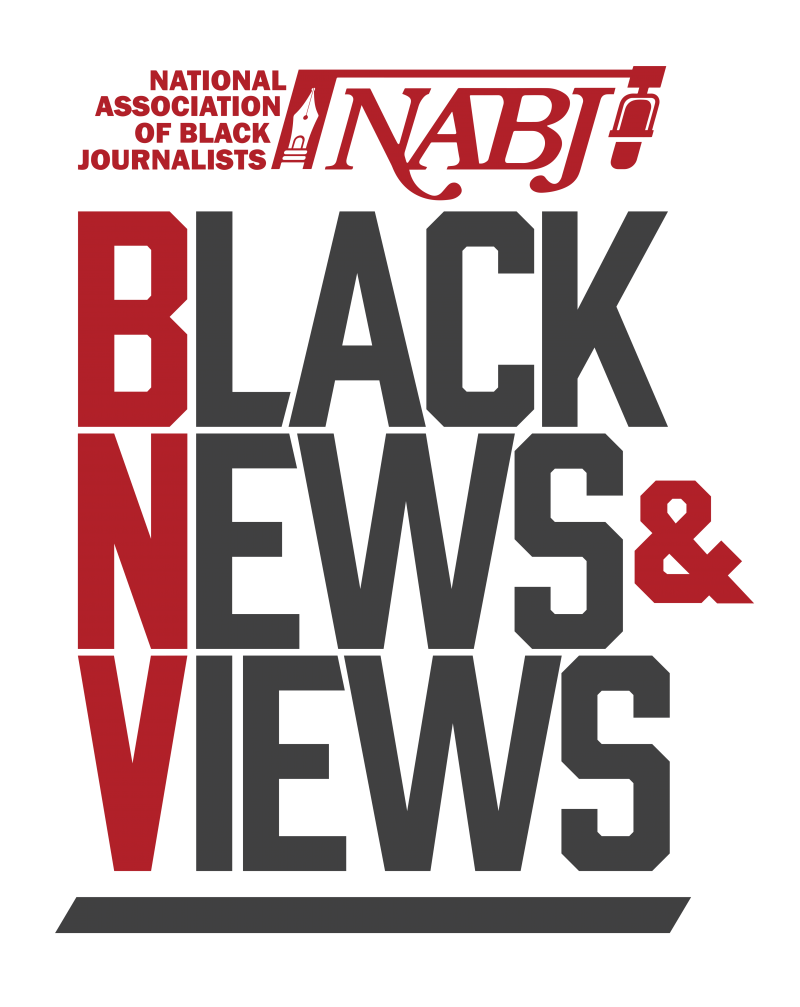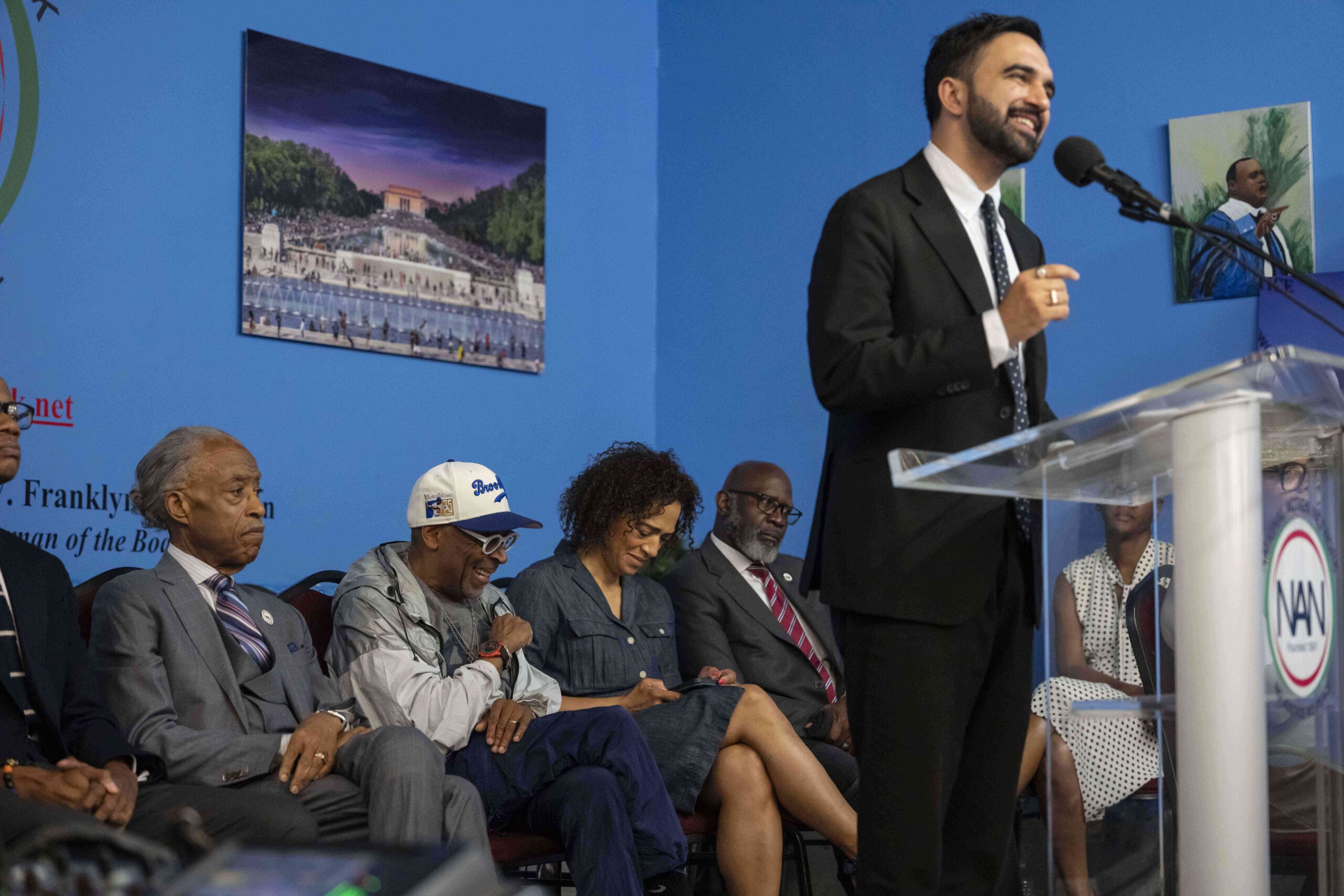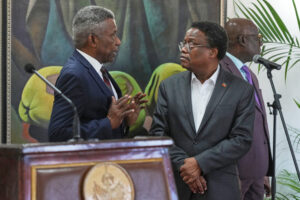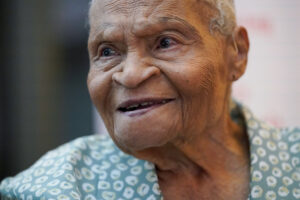As a New Yorker and a person of Black American descent, I proudly witnessed the historic election of David Dinkins as the first Black mayor of New York City (1990–1993) and the election of President Barack Obama to the highest office of this land (2009–2017). These were two moments of immense pride and hope. Now, we stand on the brink of potentially electing Zohran Mamdani, a person of Muslim descent and a representative for another marginalized community, as the next resident of Gracie Mansion, the official mayor’s residence in the most populated city in the country.
Mamdani’s victory in the Democratic mayoral primary in June excited some and gave pause to others.
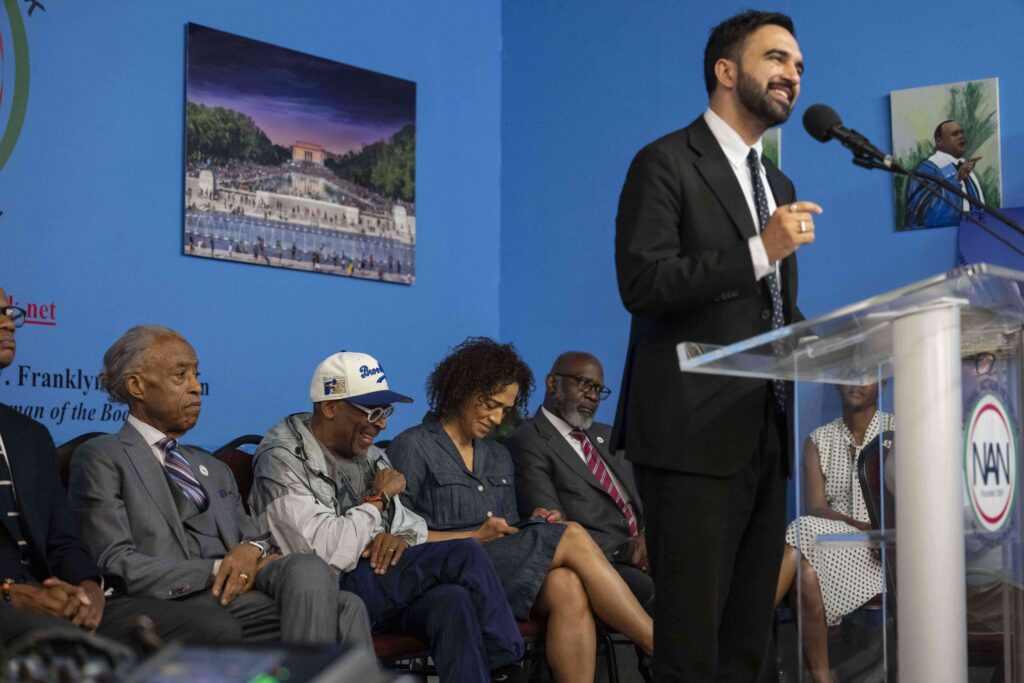
Mamdani, a member of the New York State Assembly and an activist, has been a vocal advocate for social justice and economic equality. His work as an activist, particularly for housing rights and criminal justice reform, has shaped his platform. Mamdani was born in Uganda. His personal experiences and his work with various community organizations have deeply influenced his policy proposals. However, effective leadership is not only about good intentions but also about the ability to navigate the complex politics and economics of New York, the most populous city in the United States. In these uncertain times, residents need proven leadership more than ever.
My reservations about Mamdani’s candidacy are not a reflection of his faith or socialist beliefs. Instead, my hesitancy is based on a consideration of the practicality of his ambitious platform in tackling the affordability crisis in New York City. Mamdani’s proposals include free bus fares and a rent freeze—both bold policies indeed. Although these proposals face significant political and economic hurdles, they offer potential benefits such as increased access to public transportation and relief for struggling renters. These ideas inspire hope and optimism.
I appreciate the need for bold solutions. However, balancing ambition with feasibility is crucial. We must carefully examine the details of these proposals and consider their potential impact. It is voters’ responsibility to be well-informed about the policies that could shape our future. We should approach Mamdani’s ideas with a balanced perspective that considers both potential benefits and risks.
Mamdani has been forthright about his plan to finance his ambitious platform with increased taxes for corporations and the wealthiest 1% of New Yorkers, who are among the wealthiest people in the world. Although I share Mamdani’s view on the need for greater contributions by corporations and the affluent through taxation, the limitations on Mamdani’s authority in this matter must be acknowledged. The power to unilaterally raise taxes on corporations and the top 1% rests with Albany—New York’s state capital—and specifically with the governor and the state legislature. In an election year, neither state lawmakers nor the governor is likely to be receptive to such tax hikes. Mamdani’s plan to fund his bold initiative is contingent on Albany’s approval, a significant obstacle that New York voters should consider.
My personal experience growing up in a food desert—an area with limited access to affordable and nutritious food—and my subsequent work in establishing a youth-managed farmers’ market has made me a fervent advocate regarding this issue. I fully support the Democratic nominee’s goal of eliminating food deserts and providing access to fresh produce in communities that mainstream supermarkets often overlook. Mamdani’s proposal to operate government-run grocery chains, although ambitious, aims to keep prices low and thus affordable for New York City consumers. However, I have reservations about this proposal, given the documented poor performance of government-owned grocery stores.
The numerous failures should serve as a warning. For example, Kansas City, Missouri, has experienced significant problems, including empty shelves, high prices, and financial losses with its city-owned Sun Fresh Market. The small town of Erie, Kansas, leased its town-run grocery store last year to a private operator following four years of losses. After initially considering whether to open a city-owned grocery store in 2023 to address food insecurity, Chicago ultimately decided to explore opening a public market, which can either be nonprofit or funded by the public. These warning stories highlight the risks and challenges of Mamdani’s proposal and should raise serious doubts about its feasibility and make us cautious of its potential pitfalls.
If the idea has failed elsewhere in the country, why would New York import a flawed public policy? Once again, Mamdani’s proposal is well-intentioned but ill-conceived.
Despite the good intentions of Mamdani’s proposal for free bus fare, the proposal may not be economically practical. New York City fares for public transportation have increased 17 times since 1948 (and 16 times in my lifetime). As someone who has lived in public housing in this city, I understand the impact of these fare increases, particularly on those with low incomes. Mamdani’s proposal aims to reduce the financial burden on low-income residents and increase public transportation accessibility. However, the policy raises serious concerns about sustainability and the potential impact on the city’s budget.
For instance, a 2023 letter from the city’s Independent Budget Office to Chi Osse, a New York City Council member, highlighted the financial impact of a free bus program.
“We estimate that the annual cost to the Metropolitan Transportation Authority (MTA) associated with eliminating local bus fares—including foregone fare revenue offset partially by any associated savings—would be $652 million if fares were waived for all riders,” the letter read. Because of the substantial impact on the city’s financial health, the prospective budget impact should be a primary concern for all New Yorkers.
Several cities have started free bus programs. What all of these cities have in common is the loss of substantial revenue.
For instance, the Houston Metro system estimated an annual loss of $70 million in fare revenue if zero fares were offered across its network. Kansas City reportedly lost $8–10 million in 2020 because of its zero-fare program, which relies heavily on federal support to sustain operations. Olympia, Washington, funds its free bus program—known as the Zero-Fare Demonstration Project—by increasing its local sales tax to offset lost revenues. The MTA’s year-long pilot on five routes in New York City resulted in a $16.5 million loss over that period.
A piece in the Mobility Payment Intelligence Report highlights the need for alternative funding sources to address revenue shortfalls.
“Despite its advantages, fare-free transit faces several challenges,” the piece reads. “Revenue loss is the most significant, with systems often needing to replace millions of dollars in fare revenue through alternative funding models.”
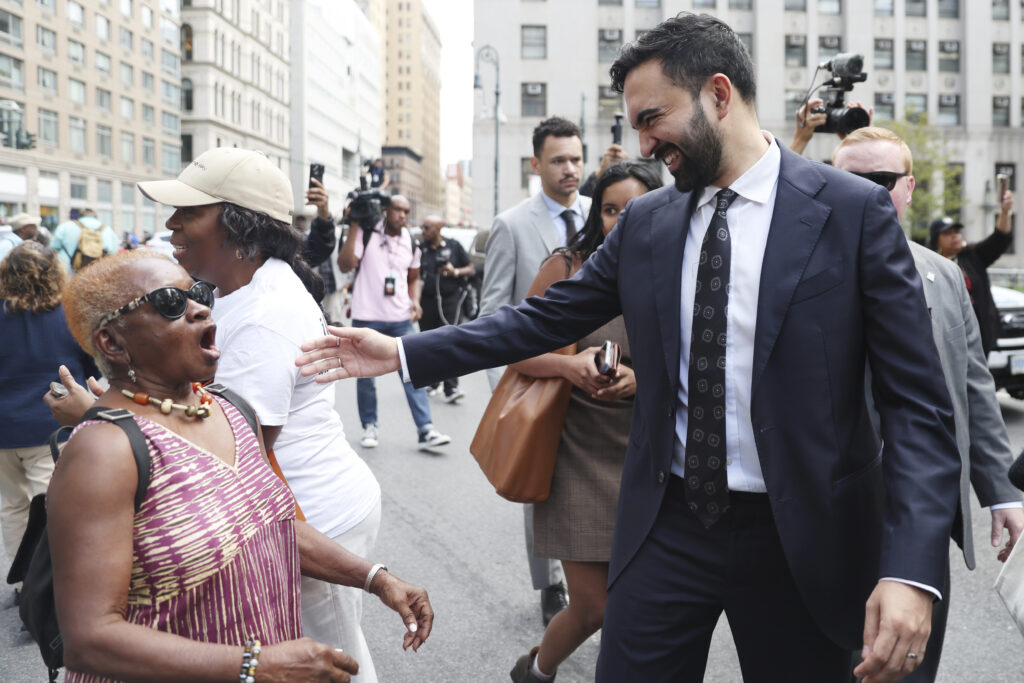
Many of these cities have explored ways to offset their revenue losses, including general funds, sales taxes, dedicated transit taxes, private partnerships, and grants. The Mamdani campaign website does not mention a strategy for sustaining a free bus program in New York City.
Mamdani’s proposed rent freeze is a response to the exorbitant rental market prices in New York City. Although this policy would provide immediate relief to tenants, voters must carefully weigh the economic implications. Opponents of a rent freeze argue it could reduce the supply of housing, discourage investment in rental properties, and disproportionately affect small property owners who rely on rental income to cover expenses. According to The City Magazine, “A four-year rent freeze could lead to the abandonment that plagued the city in the 1970s, as per landlords, nonprofit housing groups, and housing experts.” The potential for abandonment is a serious concern and a critical potential consequence of Mamdani’s rent freeze proposal, which demands careful consideration.
A recent Columbia Business Magazine piece further amplifies how a rent freeze might re-create the housing abandonment of New York City’s past.
“A mayoral administration committed to a ‘rent freeze’ could, by appointing a sympathetic Rent Guidelines Board (RGB), effectively halt all rent increases for a four-year term. The impact of such a policy would be catastrophic for many owners.” the piece reads. “For buildings that are entirely or almost rent-stabilized, the primary risk is a slow and steady bleed of net operating income.”
Zohran Mamdani sold New Yorkers on his platform in the primary by promising to make New York City affordable. However, the evidence suggests that his ideas have failed in other parts of the country and are therefore not the solution to the city’s affordability crisis. Mamdani has put forth a host of impractical promises that he will be unable to deliver. New York needs a mayor with proven managerial leadership experience in a government body, someone who can provide effective solutions rather than ineffective policy proposals.
